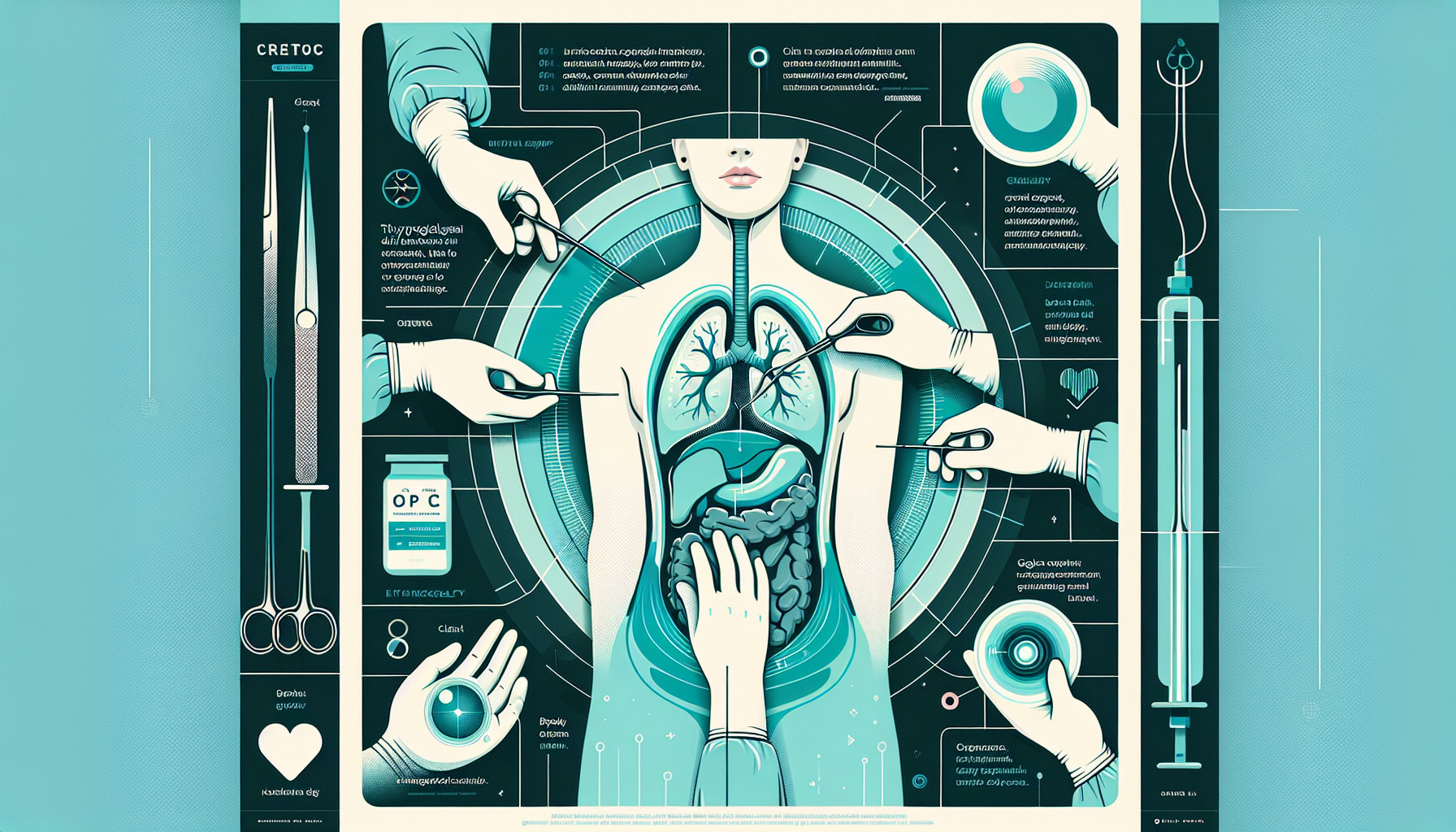Our Summary
The research paper is about the use of Transoral Robotic Surgery (TORS) in children’s medicine, which is still a relatively new field. TORS has been primarily used for operations on enlarged lingual tonsils and surface tissue lesions. However, this research found that it can also be used to safely operate on deeper lesions in the tongue and access structures in the front part of the neck.
The researchers looked at seven patients who had a lingual thyroglossal duct cyst, a type of non-cancerous lump in the neck, which can be either a new (primary) or recurring (recurrent) condition. All of these patients had their cysts removed using TORS. In addition, four of these patients had part of their hyoid bone (a bone in the neck) removed during the surgery, while the remaining three had this procedure done in previous surgeries.
The research showed that this type of surgery led to only two minor complications and no evidence of the cysts coming back after an average of 19.7 months.
The paper concludes that TORS can be a safe and effective method for treating a variety of conditions in children. The authors encourage other surgeons to use this method and call for more research to be done to confirm its safety and effectiveness.
FAQs
- What is Transoral Robotic Surgery and what has it been primarily used for?
- What is a lingual thyroglossal duct cyst and how was it treated in this research study?
- What were the results and conclusions of the research study on the use of TORS in children’s medicine?
Doctor’s Tip
A helpful tip a doctor might tell a patient about thyroglossal duct cyst removal using Transoral Robotic Surgery (TORS) is to follow post-operative care instructions carefully. This may include taking prescribed medications, avoiding certain activities that could strain the neck area, and attending follow-up appointments to monitor healing and ensure the cyst does not return. It is important for patients to communicate any concerns or changes in symptoms to their healthcare provider to ensure a successful recovery.
Suitable For
Patients who are typically recommended thyroglossal duct cyst removal are those who have a lingual thyroglossal duct cyst in the neck. This can include both primary and recurrent cases of the cyst. In some cases, patients may also require removal of part of the hyoid bone during the surgery. The research suggests that Transoral Robotic Surgery (TORS) can be a safe and effective method for removing these cysts in children.
Timeline
Before thyroglossal duct cyst removal:
- The patient may notice a lump in their neck that moves when they swallow or stick out their tongue
- The patient may experience pain or discomfort in the neck area
- The patient may undergo imaging tests such as ultrasound or CT scans to diagnose the cyst
- The patient may be referred to a surgeon for further evaluation and treatment options
After thyroglossal duct cyst removal:
- The patient undergoes Transoral Robotic Surgery (TORS) to remove the cyst
- The patient may have part of their hyoid bone removed during the surgery
- The patient experiences only minor complications post-surgery
- The patient is followed up for an average of 19.7 months to monitor for any recurrence of the cyst
- The patient shows no evidence of the cyst coming back, indicating the success of the surgery
Overall, the patient experiences relief from the symptoms associated with the thyroglossal duct cyst after undergoing TORS surgery, with a low risk of complications and a high rate of success in preventing recurrence.
What to Ask Your Doctor
- What is a thyroglossal duct cyst and why is it necessary to remove it?
- How common is the use of Transoral Robotic Surgery (TORS) for removing thyroglossal duct cysts in children?
- What are the potential risks and complications associated with TORS for this type of surgery?
- How long is the recovery process after TORS surgery for a thyroglossal duct cyst?
- Will there be any long-term effects or limitations after the cyst removal using TORS?
- Are there any specific post-operative care instructions or restrictions that I need to follow?
- How likely is it for the cyst to come back after TORS surgery?
- Are there any alternative treatment options for removing a thyroglossal duct cyst besides TORS?
- How experienced is the surgical team in performing TORS for thyroglossal duct cyst removal?
- Are there any ongoing research studies or clinical trials related to TORS for treating children’s medical conditions that I should be aware of?
Reference
Authors: Johnston DR, Maurrasse SE, Maddalozzo JM. Journal: J Robot Surg. 2023 Aug;17(4):1803-1808. doi: 10.1007/s11701-023-01603-0. Epub 2023 Apr 20. PMID: 37079149
